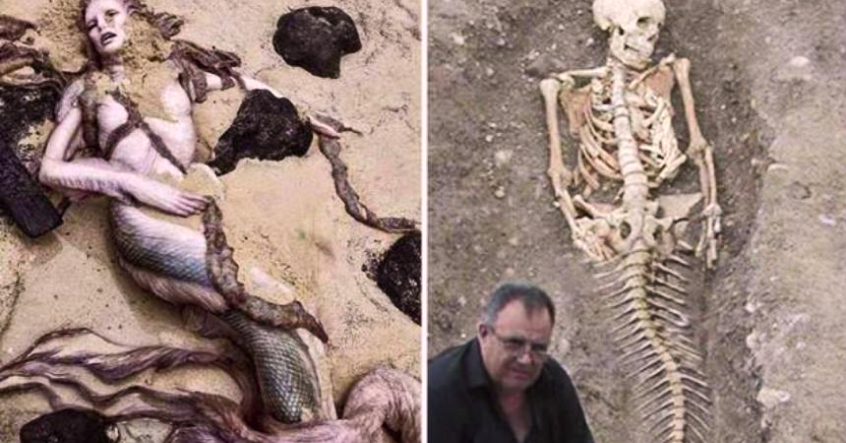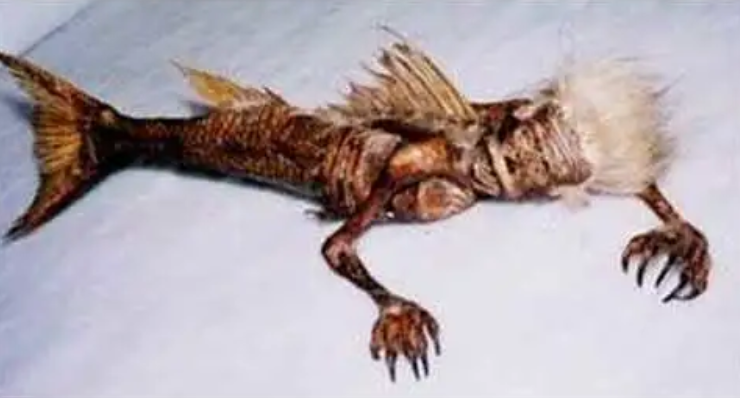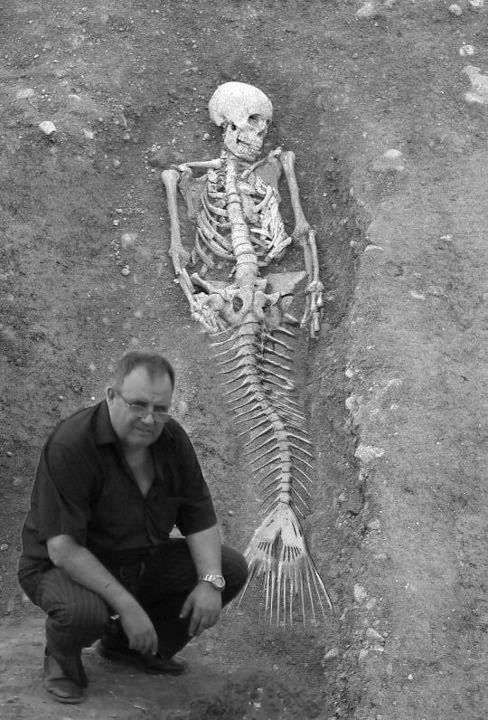
Mermaids really exist (Source: soundofhope)
Throughout history, myths and legends have woven a captivating tapestry around the figure of the mermaid. Often referred to as “dragons,” these enigmatic aquatic beings are depicted as human-like creatures with the upper body of a woman and the tail of a fish. They embody the mysteries of the ocean, captivating our imagination with their beauty and allure.
Despite being steeped in folklore, the existence of mermaids has long been debated. For centuries, scientists have sought to uncover the truth behind these mythical beings, yet tangible evidence has remained elusive—until now.
Recently, the discovery of mermaid fossils has sparked renewed interest and excitement in the scientific community. This groundbreaking find could potentially confirm what many have long suspected: that mermaids are not merely figments of our imagination, but creatures that once inhabited our oceans. As we delve deeper into this mystery, we may be on the brink of redefining our understanding of these legendary beings.

Source: soundofhope
The first recorded stories of mermaids date back over 2,300 years, chronicled in Bassus’s “History of All Time.” These early accounts described mermaids as having a fish-like shape with a human-like upper body, where legs transitioned into a fish tail. Fast forward to the 17th century, when “Hutson’s Travel Diary” emerged in England, detailing a mermaid that surfaced at sea with the upper body resembling a woman, featuring white skin and long, flowing black hair.
In April 1990, a remarkable discovery was made along the Black Sea coast when construction workers unearthed a 173 cm long mermaid mummy. Scientists estimated the mummy to be approximately 3,000 years old, indicating that the creature had lived for at least a century before its demise. Just a year later, an American fisherman made an astonishing find; while gutting an 18.3-meter-long shark, he discovered a skeleton that had the upper half resembling a human and the lower half akin to a fish. Further examination confirmed it to be a half-human, half-fish entity.
In the early 1990s, archaeologists uncovered the world’s most complete mermaid fossil on the coast of Yugoslavia, estimated to be around 12,000 years old. This remarkable specimen may have been buried alive in a landslide beneath the seabed, subsequently preserved by surrounding limestone and gradually transformed into fossilized remains. Analysis of the fossil revealed that the mermaid stood approximately 160 cm tall, with a human-like upper body, a well-developed head, relatively large brain size, claws on both hands, and notably, no eyelids like other fish.
Despite these intriguing findings, skepticism remains. Some critics argue that mermaids are merely misidentified dugongs or manatees (often referred to as sea cows), suggesting that the so-called “mermaid” could have been a female manatee. Columbus’s logbook even noted that while manatees share some physical similarities with mermaids, they lack the beauty and allure portrayed in fairy tales.

Source: soundofhope
Why do creatures like mermaids exist? Researchers believe that, during the course of history, for some reason, a part of the human race lived for a very long time at the bottom of the sea, and their bodies developed fish-like tails, eventually evolving into mermaids. But over time, people forgot about it and it eventually became a legend. In any case, the deepest parts of the ocean are more mysterious than outer space, so it is possible that there are still some aquatic species living there.


